Toyota Hydrogen Fuel Cell Vehicles Leading Prime Minister Hydrogen Fuel Cell is the Future?
[Introduction]: Japanese auto giant Toyota’s new energy vehicle is on fire. Recently, when Premier Li Keqiang visited the Toyota Motor Corporation factory in Hokkaido, he saw a car praising and praised it. It is a hydrogen fuel cell vehicle. Is it hydrogen? Is fuel cell the future trend?
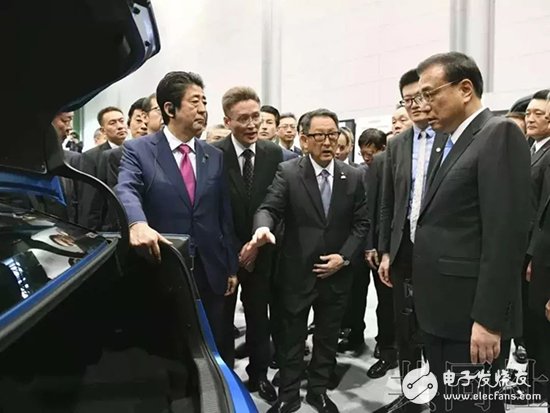
It is reported that when Premier Li Keqiang visited the Toyota Motor Factory, he saw that the color behind a car was dignified. It was not disappointing, but it was unbelievable. The car that Premier Li Keqiang looked at was Toyota’s hydrogen fuel cell car Mirai (Japanese “Future†"Intention".
"Mirai" is Toyota's first mass-produced hydrogen fuel cell vehicle. As its name suggests, Mirai is regarded by Toyota as the "car of the future."
Mirai does not add fuel, does not charge, and does not emit exhaust gas during driving. The only waste discharged is pure water!
Mirai represents the future, a truly energy-efficient and environmentally-friendly car era.
Since the development of electric vehicles, the time has not been long, but the technology has progressed rapidly, but the battery problem has encountered bottlenecks. Lithium batteries have not achieved a breakthrough in terms of cruising range, charging time and service life. At this time, hydrogen fuel cells Stand out, hydrogen fuel cells with higher energy density are more suitable for electric vehicles.
Just as everyone is on the fast-moving electric car, grabbing time and speed, and tangled up when to end the fuel car, Toyota's hydrogen fuel cell vehicle - "MIRAI" came. This is the ultimate goal of automotive transformation, which means that it will completely replace traditional cars and redefine cars. On October 30th, at the Toyota Technology Research Center in Changshu, the car media from all over the country test drive the car, and at the same time visited the "localization" preparation (positive experiment) and the hydrogenation of the car before the introduction of the car. Station and so on. These signs indicate that the "future" is really coming. what does this mean?
At this year's (2017) Tokyo Motor Show, people saw Toyota's new models, including concept cars, playing "hydrogen" cards, from new taxis to Olympic buses and concept cars. The car is getting ready. For the transformation of the car, as early as five years ago at the Tokyo Motor Show, it began to popularize the hybrid technology and was accepted by everyone.
To date, Toyota Hybrid has sold 11 million vehicles worldwide. Nowadays, the international car industry regards the popularization of hybrid technology as the beginning of the automobile transformation, even if it is mixed or pure electric, it can not be separated from the hybrid. Since then, Ford and BMW have also actively sought cooperation with Toyota in this regard.
When testing the "future" car, the deepest experience is that it does not affect the driving habits of traditional cars. Without the sound of the engine, the quietness of driving is excellent. Once inflated (hydrogen), it takes only 3 minutes to drive. 500 kilometers, equivalent to the time of refueling a traditional car. What is the price of this car? If it is equivalent to RMB, it is only about 400,000 yuan (7.236 million yen). According to the Toyota 2050 strategy, HEV and PHEV are only short-term goals, while medium- and long-term goals depend on FCV, and ultimately achieve zero emission targets. The launch of the "future" indicates that Toyota's goal has been achieved ahead of schedule.
Although the "future" is still in the experimental stage of experimentation, according to the style of Toyota's work, a new technology and achievements will not be revealed at the maturity stage. Just like implementing a dual-engine strategy in China, the R&D center will be built first. Domestically, and then listed. Facts have proved that this "post-production" strategy shows that confidence in technology and market grasp are fully prepared for forward-looking insights. Especially when the zero-selling dual-engine (Corolla and Ralink) came out, there was no rival, and it became the benchmark for the hybrid market. Nowadays, the “future†is coming. It is foreseeable that this is the most ideal ultimate car with zero emissions after the twin engine.
Toyota held a "future" test drive experience in China. Where is the sword?The event, held in the name of “Technology Spaceâ€, is a convention held every year since the opening of the Toyota (China) Technology Research Center. It aims to introduce Toyota's latest technology and development trends. Different from the previous introduction of hybrid technology, this time is based on hydrogen fuel cell vehicles, expressing the trend of new energy vehicles.
Daxi Hongzhi, chairman of Toyota (China) Investment Co., Ltd. said that the "future" empirical experiment is for the feasibility of introduction and is applied to a wider range of commercial fields. He believes that the "future" is the ultimate environmentally friendly car and has important practical significance for energy conservation and emission reduction. At present, it seems that the "future" move will have a good chance for China to get ahead.
The situation of the world's new energy vehicles is now at a turning point.Mr. Chen Gong, Principal Investigator of ANBOUND, believes that the situation of the world's new energy vehicles has reached a turning point. If the development path and product path of Toyota and other world auto giants are correct, it means that the path of China's new energy vehicles is completely wrong. China is not getting closer to the era of new energy vehicles. Farther and farther! Moreover, the gap between us and the world standard, the core new technology of the world automobile industry, has also widened.
Of course, there may be another situation, that is, the giants of the world's major auto industries, such as Toyota, Mercedes-Benz Chrysler, Audi, and Ford and BMW are all wrong. We are right, of course, the Chinese auto industry will dominate the future. .
The future world is affirmative, and new energy vehicles will be used in major countries around the world. This is a definite trend, as is the time limit for policy targets set by countries. The key is, what kind of technical path is used to achieve? The Anbang think tank has long warned that the auto industry policy is formulated by the Chinese auto industry, and there is a huge risk in talking about it. Looking now, such risks are increasingly turning into unacceptable realities.
Additional reading:Mirai works by electrolyzing water to produce hydrogen, and then adding hydrogen to the car to generate a chemical reaction to drive the motor to power the car.
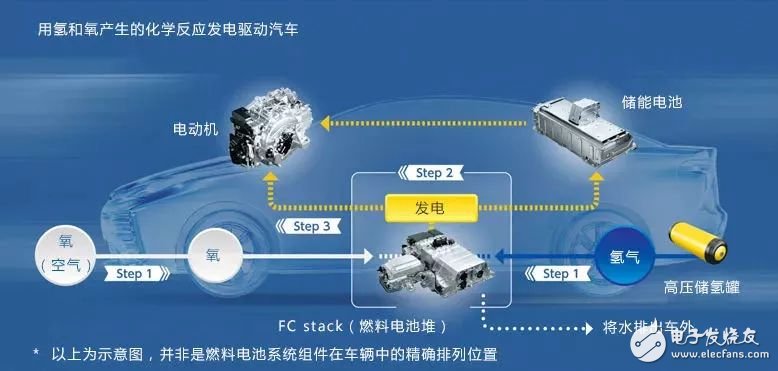
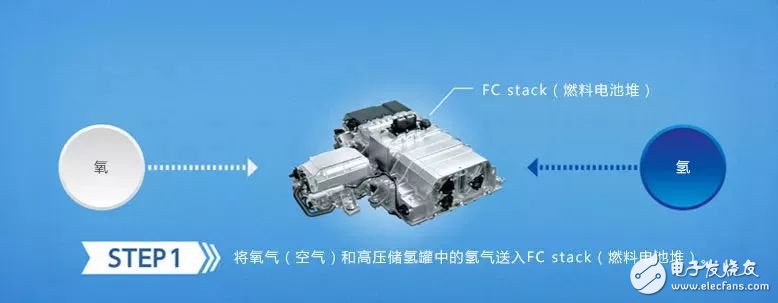
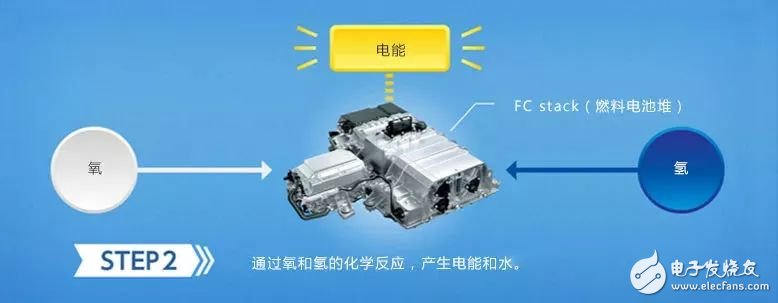
The words "fuel cell" must have been heard by people more or less, because this is a technology that scientists all over the world have studied for decades, and no major technological breakthroughs have been made. At least no one can get the cost. Mature technology for the consumer market.
Four years ago, Toyota had already said that it had made technological breakthroughs in the fuel cell field, which could reduce the cost of fuel cells for vehicles from $1 million to $50,000, a drop of 95%! In less than a year, Toyota used Mirai to deliver the words. This is the first mass-produced fuel cell vehicle to be put on the market.
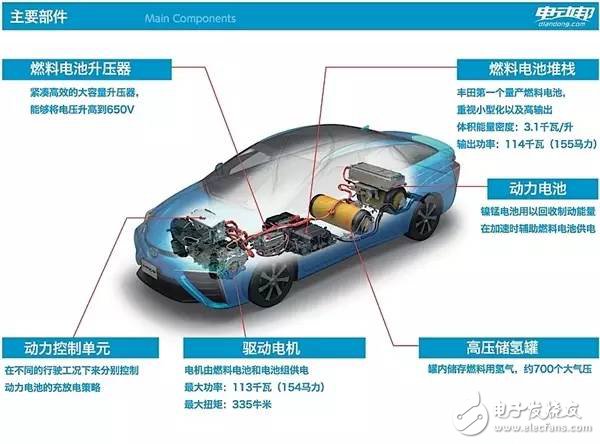
Toyota Mirai's structure is different from traditional gasoline or pure electric vehicles. If you want to find a similar structure, Toyota's best-selling Prius may have a similar structure to Mirai.
Mirai's powertrain is called the TFSC (Toyota FC Stack), the Toyota fuel cell stack, a hybrid system with a fuel cell stack as its core component. The TFSC does not have a conventional gasoline engine and no transmission. The interior of the engine compartment is the control unit for the electric motor and electric motor.

The fuel cell stack placed at the bottom of the cockpit is the core of the entire system, and this article will also focus on the pen and ink to analyze it. There is a nickel-hydrogen battery pack and two high-voltage hydrogen storage tanks in the rear axle of the car body. Yes, there is no fuel tank and a large area of ​​lithium-ion battery. The only fuel that Mirai needs to consume is hydrogen, no need to add fuel. Charging, with 5 kg of hydrogen, you can run 650 km continuously!
And why do you say that the fuel cell is "Cosmic Black Technology" in the title? That's because hydrogen is the most abundant component in the universe. Hydrogen is the most abundant in the earth. Hydrogen is combined with oxygen in the fuel cell. The only “waste†that is discharged is pure water! Therefore, hydrogen fuel cells have always been considered as "extraterrestrial technology" and are one of the most suitable alternative energy sources for space stations or space probes.

Although the name of the fuel cell has the word "fuel", and hydrogen can be burned with oxygen, but the fuel cell does not use combustion to obtain energy, but uses the charge transfer of hydrogen and oxygen to form a current. The most critical technology of this process is to use a special "electrolyte film" to split the hydrogen. The whole process can be understood as the mosquito can't pass through the screen window, but the smaller dust can be... The electrolyte film is also the hardest in the fuel cell field. The technical barriers that were conquered.
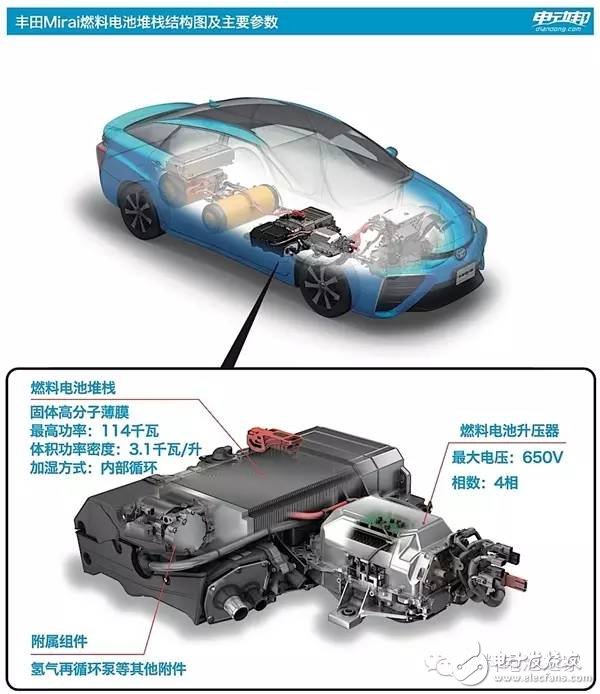
Because the hydrogen molecule is small in volume, it can pass through the tiny pores of the film to the opposite side, but in the process of crossing the hole, the electrons are stripped from the molecule, leaving only the positively charged hydrogen protons to pass, and the hydrogen protons are attracted to the film. The electrode on the other side is combined with oxygen molecules. Electrode plates on both sides of the electrolyte membrane split hydrogen into hydrogen ions (positive electricity) and electrons, oxygen into oxygen ions (negative electricity) and electrons, electrons form current between the electrode plates, two hydrogen ions and one oxygen Ion binding becomes pure water and is a waste of reaction. So in essence, the entire operation process is the power generation process. Therefore, Mirai is a pure electric vehicle, and the fuel cell stack replaces the lithium ion battery pack, which is heavy and inefficient.

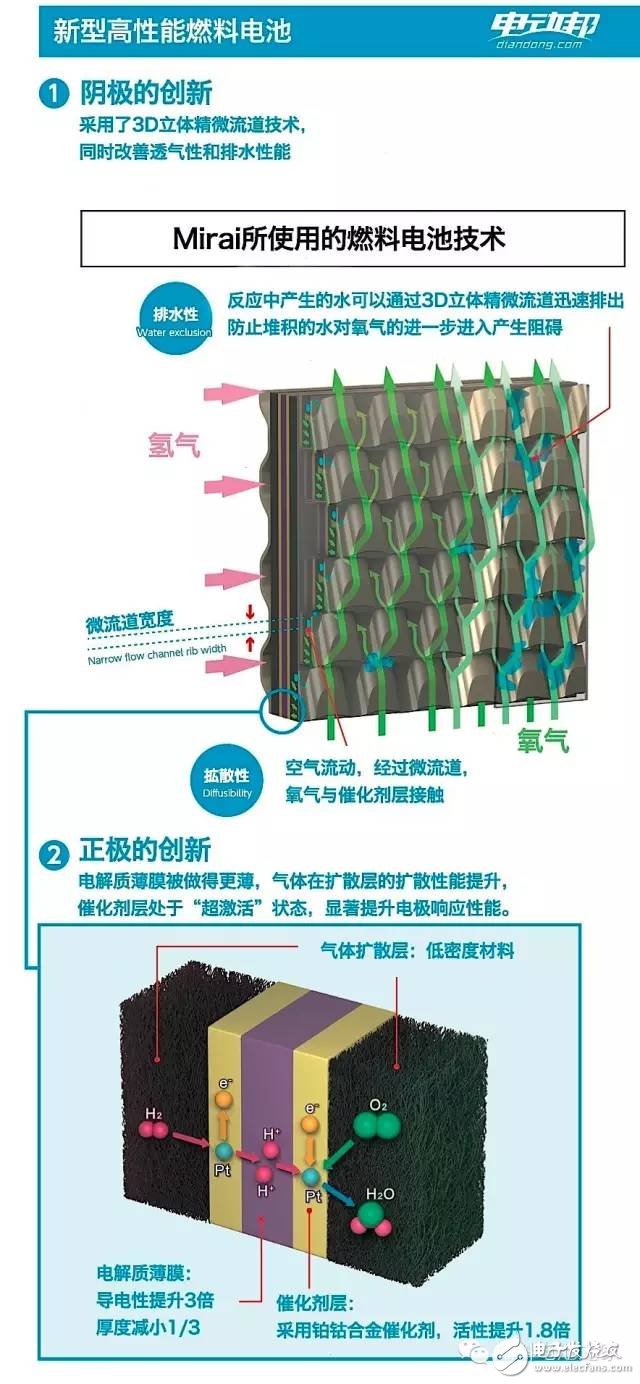
The fuel cell stack of Toyota Mirai is composed of 370 thin-film fuel cells, so it is called “stack†and can output a total of 114 kW of power. Previously, we also analyzed the fuel cell technology of the Volkswagen Group, and the structure is basically similar. Toyota's fuel cell stack has undergone more than a decade of technical optimization, forming its own distinctive structure, such as 3D micro-channel technology, which improves the power generation efficiency by better discharging the by-product water and allowing more air to flow in. Therefore, the power generation efficiency of the entire stack has reached the world's advanced level, reaching 3.1 kW / liter, which is 2.2 times higher than that of Toyota's technology in 2008.
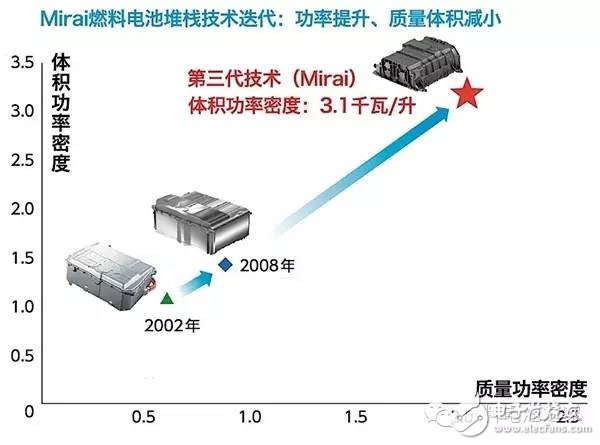
Since the voltage generated by each cell in the fuel cell stack is between 0.6V and 0.8V, the overall voltage will not exceed 300V. Therefore, in order to drive the motor better, a booster needs to be installed to raise the voltage to 650V.

It is clear to everyone who understands the physical properties of hydrogen that hydrogen is different from gasoline. Hydrogen is a gas at normal temperature, its density is very low and it is very difficult to liquefy. It cannot be liquefied at normal temperature, so it is not easy to store and transport hydrogen safely. Therefore, hydrogen cannot be directly injected into the ordinary fuel tank like gasoline. Toyota designed one large and one small hydrogen storage tank, and filled it with as much hydrogen as possible by high pressure. With the current mainstream storage technology, Toyota chose a 70 Mpa or 700 atmosphere high pressure gas storage tank, similar to our common "gas tank", but the tank is thicker. The two hydrogen storage tanks have a total capacity of 122.4 liters and are stored at 700 atmospheres and can only hold about 5 kilograms of hydrogen. So in fact, the weight of the fuel is not large, but the hydrogen storage tank is particularly bulky.
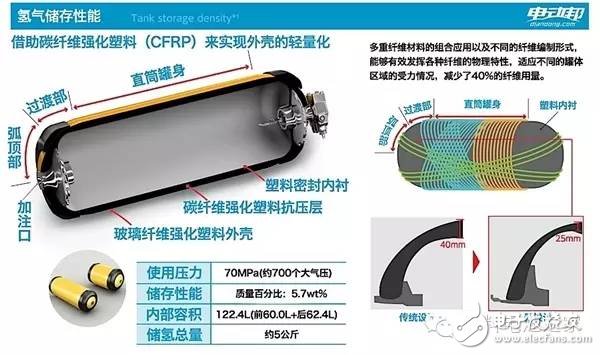
In order to maintain driving safety while withstanding 700 atmospheres, we don't want to sit on top of two bombs. Therefore, the hydrogen storage tank is designed as a four-layer structure. The inner tank of the aluminum alloy is lined with a plastic inner liner, and a protective layer of carbon fiber reinforced plastic is wrapped on the outside, and a shock absorbing protective layer of glass fiber material is added on the outer side of the protective layer. And the fiber texture of each layer is additionally optimized according to the position of the can body, so that the fiber can improve the effect of the protective layer along the direction of pressure distribution.
Fuel cell stack + NiMH battery hybridThe motor power of the direct drive Mirai wheel is 113 kW and the peak torque is 335 Nm, which is basically equivalent to the power level of a 2.0 liter naturally aspirated home. In addition to the fuel cell stack power generation, the 1.6 kWh NiMH battery pack placed above the Mirai rear axle also plays a very important role - the power battery + the energy storage battery. This battery pack is basically the same as the Camry hybrid battery. When the vehicle load is low, it can be used alone to drive the vehicle forward. At the same time, the fuel cell stack can charge the battery and use the NiMH battery. a "cache";
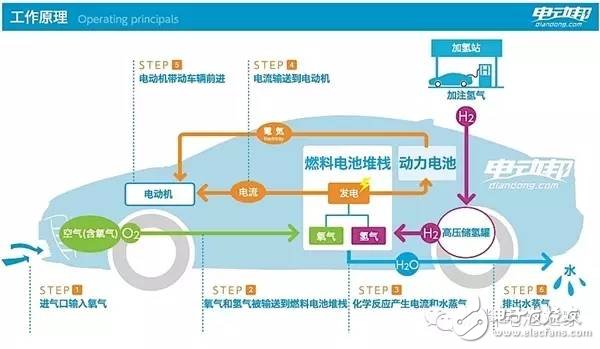
When the vehicle has more power demand, the NiMH battery pack will soon consume light, so the fuel cell stack will directly transmit power to the motor, and the Ni-MH battery pack will be dual-powered to meet the demand; when the vehicle decelerates At the time, the electric motor is converted into a generator to recover the kinetic energy, and the electric quantity is directly sent to the nickel-hydrogen battery pack for storage.
A buzzer or beeper is an audio signalling device, which may be mechanical, electromechanical, or piezoelectric (piezo for short). Typical uses of buzzers and beeper include alarm devices, timers, and confirmation of user input such as a mouse click or keystroke.
Piezo Buzzer,Dc Electro Magnetic Buzzer,Buzzer Acoustic Components,Piezo Buzzer For Thermometer
Jiangsu Huawha Electronices Co.,Ltd , https://www.hnbuzzer.com